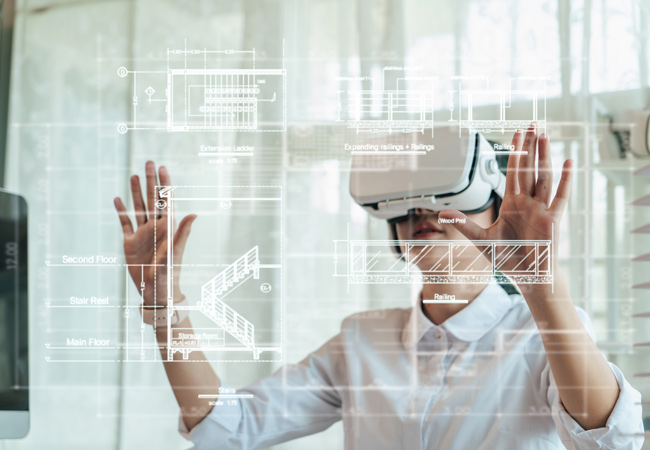
“AI can create floor plans and generate 3D mock-ups – but can it understand how a space makes you feel?”
It’s a question sparking debate across design studios, tech forums, and now even student circles:
Is artificial intelligence a threat to creative careers like interior design?
The short answer? No.
But it is a tool that’s changing the way we work.
In this post, I’ll unpack what AI can (and can’t) do, and how today’s interior designers can stay ahead by embracing technology while staying rooted in human-centered design. Because let’s face it, every designer prides themselves on the work that they create.
________________________________________________________________________________
What AI Can Do in Design
There’s no denying that artificial intelligence is transforming the design space. Even I was recently doing renovations on my house and was able to use AI tools to help me determine if the floors I wanted would match the decor of my existing space. If little old me who is not an interior design can leverage these tools, I can imagine what a trained professional can do!
But there’s so many AI tools out there like AutoDesk AI, Midjourney, and SketchUp with AI plugins can generate stunning renderings, organize spatial layouts, and even suggest furniture configurations – all in a fraction of the time it would take a human.
AI helps with:
– Quick space planning and layout optimization
– Photorealistic 3D mockups in seconds
– Automated suggestions based on style or use-case data
This makes AI a powerful assistant in the design process. But just like a calculator didn’t replace accountants, AI won’t replace designers – it just frees up time so they can focus on what truly matters.
________________________________________________________________________________
The Human Touch AI Can’t Mimic
Here’s the thing: great design isn’t just about what looks good on paper – or on a screen.
Interior designers don’t just create functional spaces – they tell stories, interpret emotion, and design for human connection. And while AI can mimic aesthetics, it can’t replicate the nuances of empathy, culture, or mood.
Think about:
– The way a calming bedroom design reflects a client’s mental wellness needs
– How cultural heritage influences colour, layout, or material choice
– The emotional intention behind a cozy café versus a corporate boardroom
In my case, when I was redesigning my floors, I wanted to think about how a traditional hardwood install looks like versus a herringbone install does for my emotions. For me, I wanted the floors to provoke a feeling. Which is something that AI can’t replicate, nor can an algorithm produce.
________________________________________________________________________________
Where the Industry Is Headed
Instead of worrying about being replaced, interior designers are learning to leverage AI and emerging tech to amplify their creativity.
In today’s studios, you’ll find designers:
– Using AR/VR tools for client walk-throughs
– Planning smart home integrations that support accessibility and sustainability
– Collaborating with AI for rapid prototyping, then layering on human insight for the final design
Designers who embrace technology, without losing their human lens, are the ones leading the future of the industry.
_________________________________________________________________________________
How Yorkville Prepares Design Thinkers
At Yorkville University, our Bachelor of Interior Design (BID) program is CIDA-accredited, career-focused, and deeply invested in preparing students for the real world of design.
Students learn how to:
– Work with emerging technologies while staying grounded in design principles
– Engage in client briefs that simulate real-world challenges
– Build portfolios that showcase both technical skill and conceptual thinking
– Prepare for the NCIDQ certification – a must-have in today’s competitive landscape
It’s this combination of tech-savvy and emotional intelligence that sets our grads apart.
________________________________________________________________________________
Conclusion: The Future Is Human-Centered
AI might draft the blueprint.
But only you can design the feeling.
Interior design will always be about more than just filling space—it’s about creating meaning. And that’s something no machine can automate.
________________________________________________________________________________

About Reggie Waterman:
Reggie Waterman is the Brand Director at Yorkville University, where he leads national campaigns focused on helping students pursue meaningful, career-focused education. With over 18 years of experience in marketing and a passion for human development, Reggie brings a unique blend of strategic thinking and heart to the post-secondary space.
As a published author, speaker, and workshop facilitator, Reggie is known for designing impactful learning experiences that help individuals clarify their purpose and take bold steps toward their goals. Whether through branding initiatives, thought leadership, or student-centered programming, his mission remains the same: to inspire people to live with intention and possibility.
Guided by his personal motto, “constantly keeping you in wonder,” Reggie is dedicated to sparking curiosity, growth, and transformation in every interaction.






